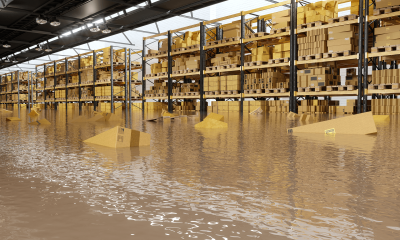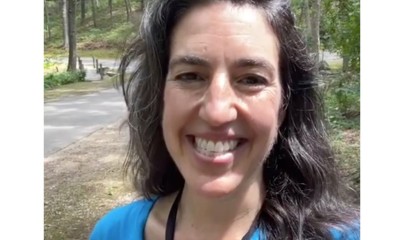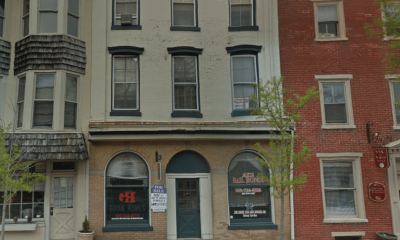Public Adjusters Offer Critical Services Following a Disaster
A recent article in The New York Times "After the Storm: Your Homeowner's Claim" exposes some of the difficulties homeowners may run into during their recovery from Hurricane Sandy. Widespread disasters like hurricanes drain the staffing resources for the insurers and their adjusters, often leading to the insurance company bringing on "independent insurance adjusters" to assist with the large amount of claims coming in. As a result it may take awhile for claims representatives to arrive, and when they do time and resources are often strained, making it difficult to service all claims quickly.
For those policyholders who have never before had to file an insurance claim, they may not know the amount of time and attention that should be given to evaluating their damages. But there is help available in the form of the public adjuster. A public adjuster is an insurance professional who represents the interests of the policyholder in settling a property insurance claim and has special training and expertise in appraising, preparing and negotiating property damage and business interruption losses.
The services of a reputable public adjuster can be invaluable to those recovering from Hurricane Sandy. "After the Storm: Your Homeowner's Claim" touts the emotional benefits of hiring a public adjuster:
"Some people, however, find that after a giant chunk of wood comes through the ceiling of their bedroom during a hurricane and they can't sleep in their own bed anymore, they've dealt with enough stress and want to hand the haggling over to somebody else.
That's what happened to Scott Golden and his wife, who knew an adjuster at Goodman-Gable-Gould/Adjusters International through his son. 'Even if you were competent at one point, you're not when your house is intruded upon like that,' said Mr. Golden, who ended up with a check for over $40,000 from his insurance company after Hurricane Irene last year sent that branch through his roof in Bethesda, Md. 'We thought the whole house might come down, and we didn't want to mess around with doing this ourselves.'"
The article is available in its entirety on The New York Times website.










